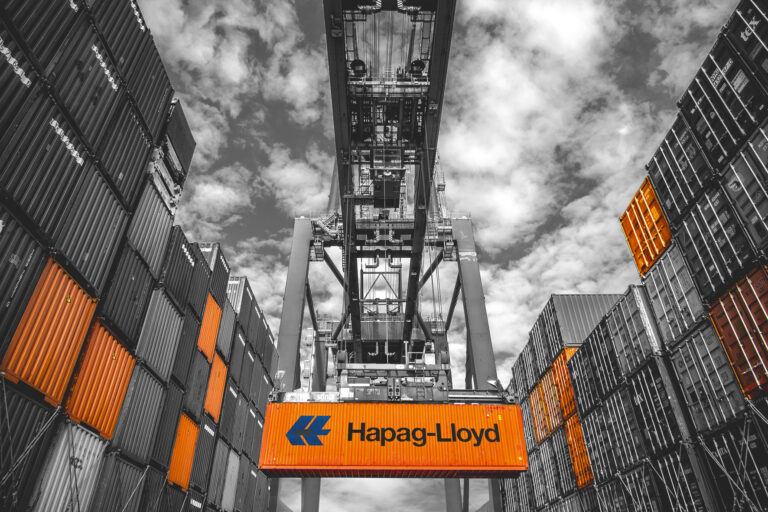
The value of digital transformation to organisations and their reliance on cloud services have been especially pronounced over the past two years. The resistance to, or scepticism of, technology that held back some organisations from improving and optimising their working processes was overcome by the necessity of finding ways to stay in operation during lockdowns.
This led many to accelerate their adoption of technology to support remote working and, in a majority of cases, to great success. What consequently developed was a new appetite for transformation and reinvention within organisations which are now looking further down this path about what could come next. But what many leaders are not considering is that the best next step might not necessarily be moving forward.
The legacy hangover
In many cases, digital transformation has recently been embarked on more from the perception of ‘needs must’. However, the pace at which this adoption had to happen has meant that in some cases the appropriate foundations have not always been put in place.
This means that organisations might mistakenly be thinking they are already in a position to push ahead with further digital transformation projects, when in fact there are issues in their existing infrastructure that could act as a barrier to the success and optimisation of current and future projects.
The longer that legacy hangover remains unaddressed, the greater an issue it becomes. So, instead of launching straight into the next stage of an organisation’s digital transformation, such as pursuing a multicloud strategy, now is the time to pause and reassess how current infrastructure meets ongoing needs.
Speed has also been misleading. These sorts of projects typically take years to plot out and enact – and usually for good reason. The pandemic saw this timeline collapse down to a matter of weeks. While this should only be celebrated (and the teams that achieved this), it has set false expectations in other areas of the business.
In many cases, the projects needed to be turned around so quickly that IT teams were having to prioritise the processes that could be modernised and assess which corners could be cut. And this cannot become the norm – no matter how ambitious a business’s plans for transformation.
Putting foundations in place
For a lot of businesses, what is now required is a turning back of the clock on their digital transformation journeys in order to fix the underlying problems. Or to pause, reassess and reinforce their digital foundations. It may sound counter-intuitive that organisations with aggressive transformation plans should first look back. But the longer issues go unaddressed and the more advanced their infrastructure becomes, the more difficult resolving the legacy hangover will get.
As these issues are addressed, any changes need to be done in tandem with business requirements, ensuring that any digital or cloud solution is suitable for a company’s operations and ambitions. There is no ‘one size fits all’ when it comes to these kinds of projects, making it increasingly important to draw on the expertise available from trusted partners, who can help ensure that taking a small step back will set a company up for a prosperous long-term future. For instance, through the adoption of private cloud, which supports many legacy offerings. This can act as a first step “back” that will in turn empower organisations to become more forward-looking and futureproof their cloud architecture with a multicloud approach.
Marathon not a sprint
No one wants to hold organisations back from achieving their digital ambitions. And the fact that business decision makers now feel more confident in adopting progressive solutions can only be a positive. But the rate of transformation over the past 18 months has been deceptive and any overconfidence must be tempered.
What we want to see now is companies feeling emboldened enough to make the right decisions for their IT infrastructure today, by assessing their current status as much as envisaging their future requirements. If it is not quite the tortoise and the hare analogy, but there is definitely something to be said for taking the time to ensure new, modernised processes are being built on top of the right foundations.
Organisations that were not even walking two years ago suddenly found themselves sprinting in their digital transformation projects. Now they want to continue running, but they might benefit most from getting their technique right before they race any further ahead.

Andy Brierley is Rackspace’s experienced Vice President Of Technology Services with a demonstrated history of working in the information technology and services industry.


